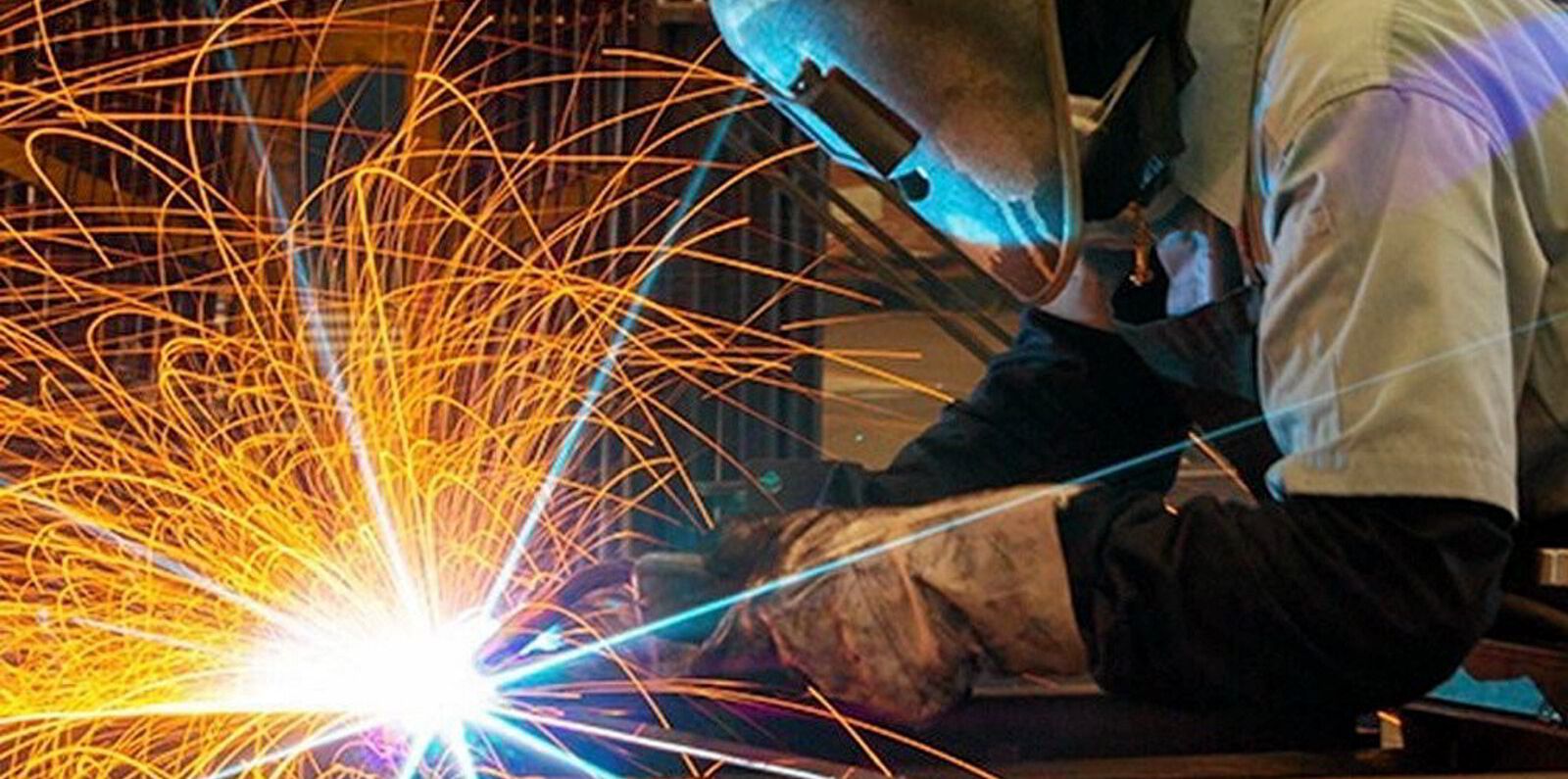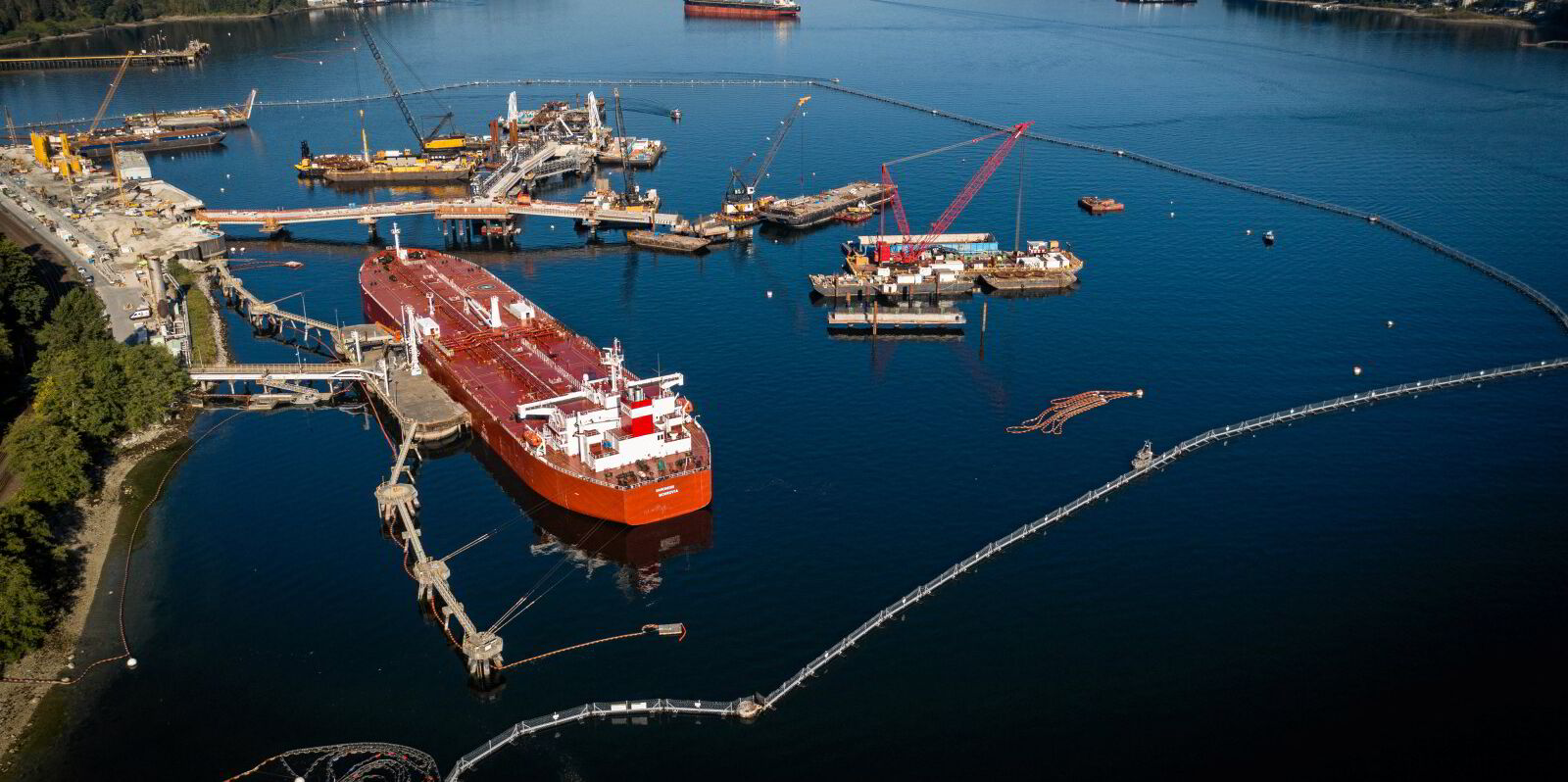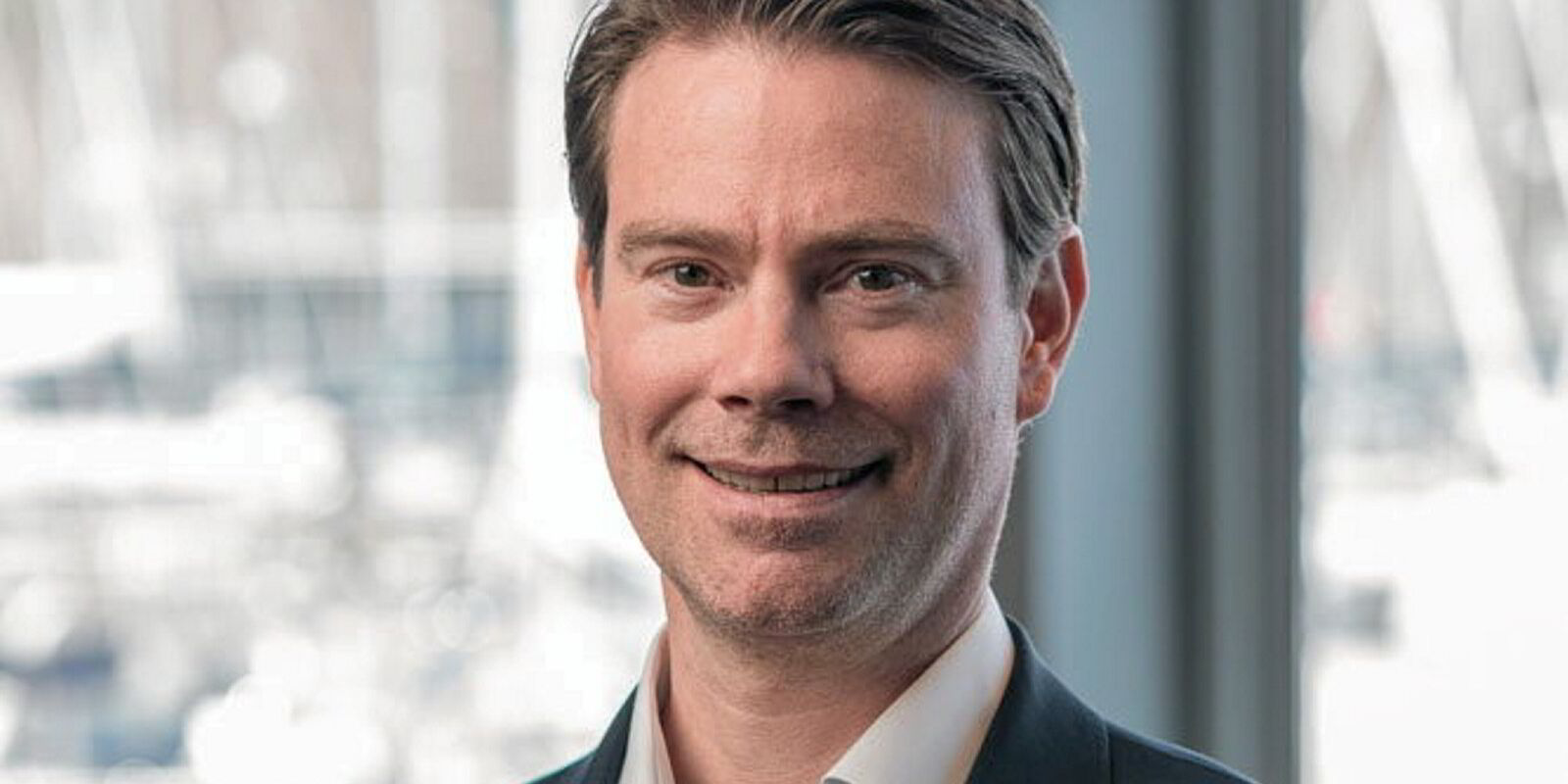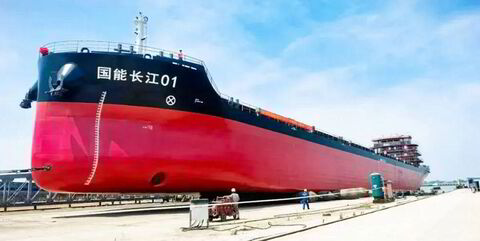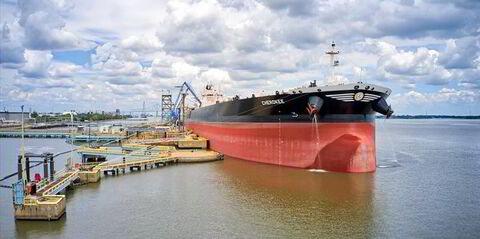Time is running out for tanker owners and crew to get up to speed with a new version of the oil industry-led Ship Inspection Report Programme (Sire).
The sector is waiting for the scheme administrator, the Oil Companies International Marine Forum, to pull the trigger on the fully digital Sire 2.0, probably in the third quarter.
It will introduce new elements to assess a crew’s readiness to tackle pollution and safety threats at sea, TradeWinds has reported.
There were 4,160 ships from 254 operators registered under the Sire programme in 2022 and they were inspected on average twice a year.
Fabian Fussek, chief executive and co-founder of Berlin shipping software company Kaiko Systems, is preparing seafarers for the rigours of Sire 2.0.
He said the updated version “really acknowledges the fact that the front-end workers, the seafarers, are one of, if not the, most crucial parts in this whole chain”.
“The performance on the front line is a big indicator for the performance and the risk of these multimillion-dollar floating assets overall,” he told TradeWinds.
“It’s all connected. The way that you train the crew and the knowledge that the crew has directly translates into the performance and efficiency of the workflows, not just the bunkering or cargo operations, but also the day-to-day stage inspections and maintenance management that translates into the risk and the reliability.
“Considering that the original Sire programme was launched in 1993, this is the first major update, and it’s 2024.”
The IT expert points out that plenty of new knowledge has found its way into the latest inspection programme.
Is complacency setting in?
Kaiko is talking to most tanker managers and owners about the changes.
“Some of our large customers, they are hyper-aware of Sire, they have been preparing for it for years, they have processes in place, they are prepared because they know that there are risks and potential problems on the horizon,” Fussek explained.
“Then with the smaller and medium-sized owner-operators, we really see a wide spectrum.
“You could say there are two groups.
“Either people are very well prepared way ahead of time, have been doing crew training, have been equipping seafarers with modern tools to prepare for these interviews that many are not used to.
“And then there are those who are almost overconfident, saying they had a good Sire track record and they will keep having a good Sire track record.
“There will be more than one rude awakening in the tanker industry in the coming months when Sire goes fully live — not with all, of course, but some will not be able to continue their past track record of very good performance.”
Fussek said currently owners are saying inspectors are finding an average of two to four problems per ship.
Five or six findings might already raise an eyebrow among charterers, he added.
“However, with Sire 2.0, it’s very plausible that there could be 10 or 20 findings,” he said.
“The number of findings is expected to increase significantly — some say by a factor of three — due to the human factor, as the crew and shore team are not fully prepared. Thus, having 10-plus findings is very likely.
Big commercial concerns
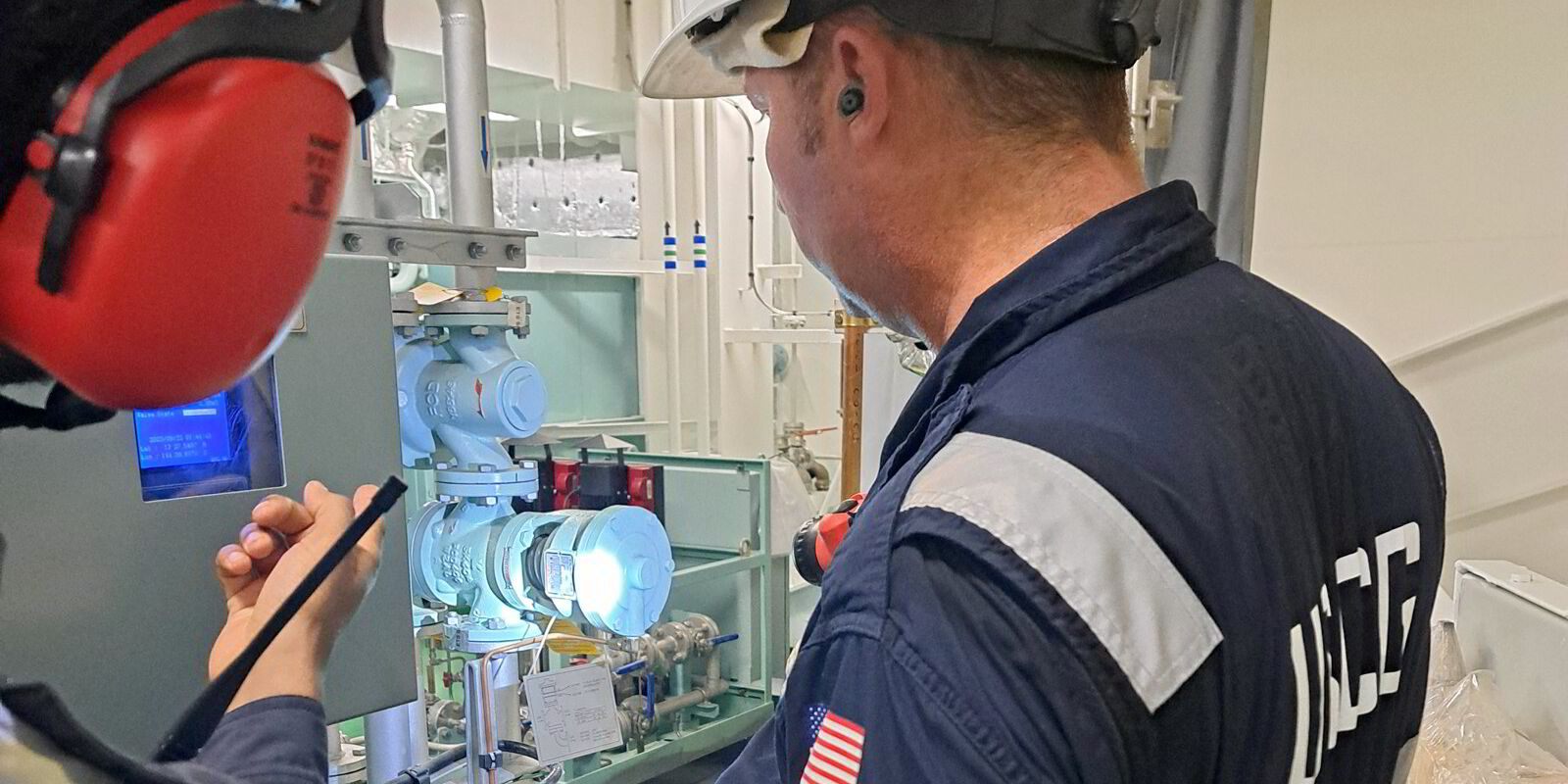
“This raises significant commercial concerns. Charterers, accustomed to a certain number of observations per vessel, will suddenly see a significant increase.
“The reaction of these companies to this change remains uncertain. That might not necessarily be a problem because it might be the new norm under Sire 2.0.
“But it’s something that will have to be discussed with charterers and other stakeholders.
“Then later on, when these numbers vary widely and vessels fail, then of course the charterers will develop their takeaways not just for this one vessel, but there will usually be consequences for the whole fleet of this manager.
“So we believe there’s a big risk, but we also believe that it is manageable with the right preparation and with a humble approach to this uncertainty.”
Sire 2.0 features a complex and extensive question library that is applicable to different ranks on board.
Huge document
“There’s literally a 1,600-page document that has to be digested and implemented into training based on the different responsibilities of the seafarers,” Fussek said.
Seafarers ranging from officers to ratings will be interviewed by inspectors.
“It’s not like anybody wants to do a bad job or the bare minimum; there’s a lot of pride amongst seafarers in their job and so the knowledge is not the problem,” he told TradeWinds.
“The problem is that it’s hard to retain it, to stay up to date with everything that changes with the tools that are given to them.”
Fussek said some seafarers will not be used to being in a high-pressure situation when a third-party inspector starts questioning them.
The inspection questionnaire is now more standardised through a mobile-first digital process that guides inspectors through the vetting so they receive a library of core questions.
Kaiko has worked the question library into a self-assessment programme that includes personalised questions for each rank.
“What we see is that there’s definitely a need for providing that guidance kind of in the palm of one’s hand and not just buried in a 1,000-page manual somewhere out of sight, out of mind,” Fussek said.
“We have been rolling this out on hundreds of vessels across small and large shipping companies. The feedback that we’ve had from the seafarers is really positive.
“Also for the vetting inspectors, it’s of course a learning process. They have a huge burden to bear.”
But he concluded: “We’re cautiously optimistic.”

